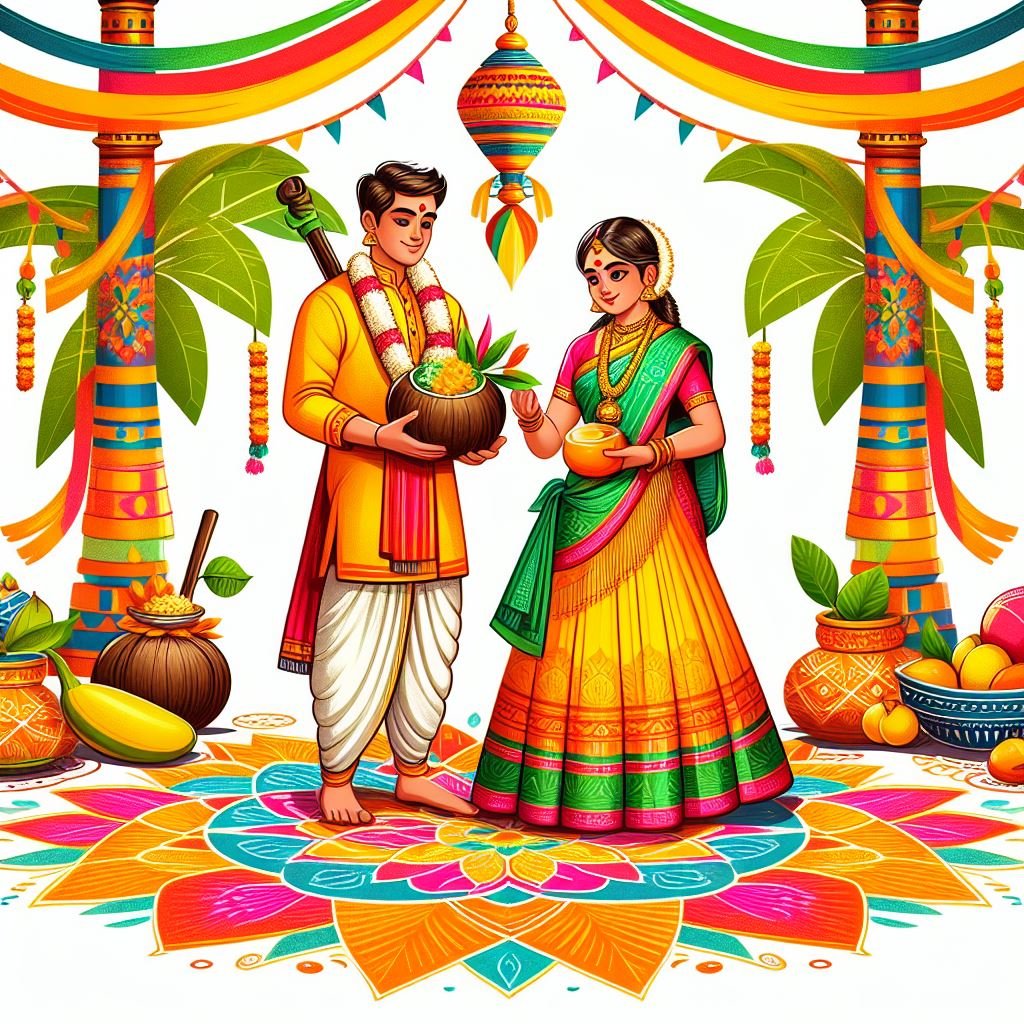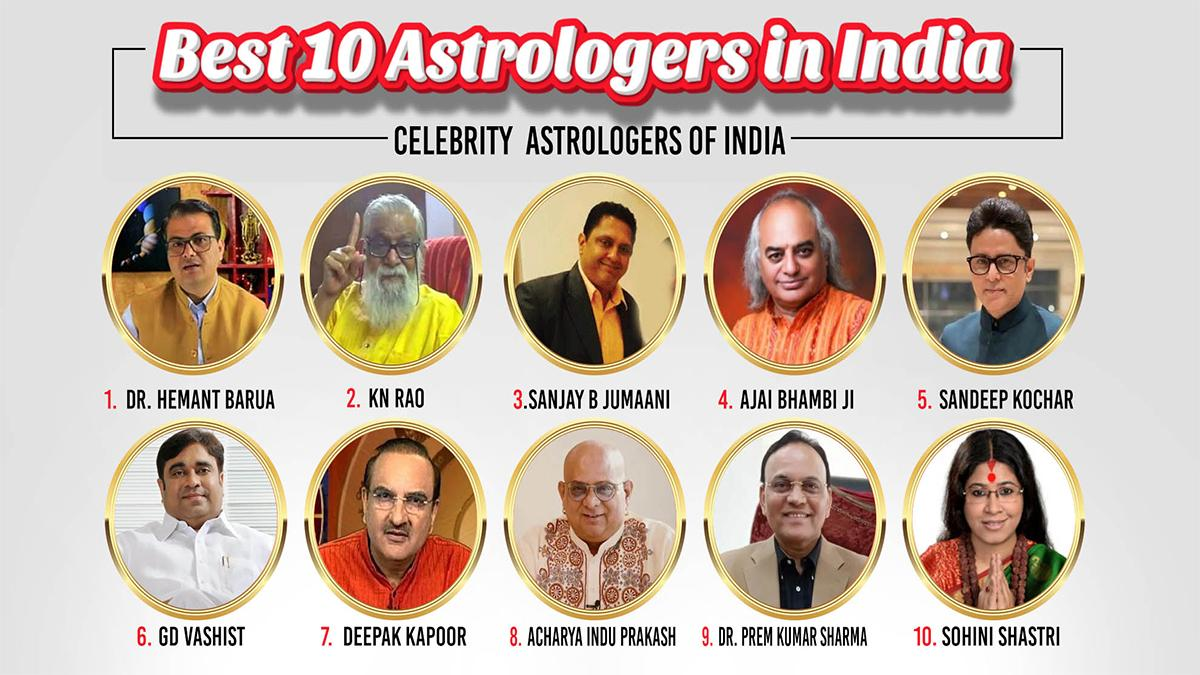Gudi Padwa or Samvatsar Padavo is celebrated by the Marathi and Konkani community as the first day of the year. From this day the new Samvatsara, which is a cycle of sixty years, also begins. All sixty Samvatsaras are identified by a different name. Gudi Padwa is celebrated as Ugadi in Karnataka and Andhra Pradesh.
Chaitra Navratri, Gudi Padwa and Ugadi are all celebrated on the same day. Gudi Padwa is a Marathi New Year according to the Ludi-Solar calendar. The luni-solar calendar is known to divide the position of the moon and the sun into months and days. The separate side of this is the solar calendar which considers only the position of the sun to divide the year into months and days. For this reason the Hindu New Year is celebrated twice with different names and at two different times of the year. The Hindu New Year based on the solar calendar is known as Puthandu in Tamil Nadu, Bihu in Assam, Vaisakhi in Punjab, Paan Sankranti in Orissa and Naba Barsa in West Bengal.
Chaitra is described as the first month of the year, based on the Hindu calendar. It was Chaitra Pratipada who inspired Brahma to create the universe and from this day itself is considered to be the beginning of creation, hence it is also considered as the beginning of new year. On this day, the great mathematician Bhaskaracharya prepared the almanac by calculating the day, month and year from sunrise to sunset. Therefore, Panchang is also worshiped on this day.
History of Ugadi or Gudi Padwa Festival

Gudi is basically decorated with fresh mango buds with brightly colored cloth on a wood. It is also made by wrapping cloth using other types of things like sugar crystals, neem leaves, mango leaves and garlands of red flowers. A silver or copper vessel is placed inverted on wood and cloth, forming a gudi. Gudi is placed on the right side of the house in a high place, from where everyone can see it. This festival symbolizes victory against evil, including good luck and prosperity. Beautiful flowers of red and yellow color are used to decorate the rangoli at the entrance.
Recipe and special dish for Ugadi Pujan
On this day, those who celebrate Gudi Padwa pray to Lord Bhaskar and wish for happiness, peace and prosperity at home. On the day of Ugadi Puja, people take bath and get ready in the morning. On this day special dishes are made in homes. Of which, especially Ugadi Pachadi, which is the name of the dish of Telangana, it is made. The ingredients used to make it are neem, good, green chillies, salt, turmeric etc. It is made by mixing all these. People there believe that such a mixed dish, which tastes salty, sweet, sour and spicy, like sour, sweet, pungent taste in life and especially on New Year's day is a joy of sorrow. Arrival keeps on happening. Puran Poli is one of the most special delicacies of Andhra Pradesh and Telangana.
What is Gudi Padwa?
Gudi is planted in Maharashtra. For this, a bamboo, urn of silver, copper or brass is placed inverted and decorated with saffron color or silk cloth. After this Gudi is decorated with gathi, neem leaves, mango stalks and red flowers. Gudi is placed in a high place, so that it can be seen even from a distance.
It is believed that after the defeat of Shakas by Emperor Shalivahana, people expressed happiness by putting Gudi on the houses. Gudi is also commemorated in the victory of Chhatrapati Shivaji. It is believed that Brahma Ji created the universe on this day. That is why Gudi is also considered Brahmadhvaj. Somewhere, the festival of Gudi Padwa is celebrated in the joy of coming back to Ayodhya by Lord Rama after completing 14 years of exile. It is believed that applying Gudi brings prosperity to the house.
Farmers celebrate this festival in the joy of sowing again after harvesting the rabi crop. Three and a half Muhurats are considered auspicious during the whole year among Hindus, Gudi Padwa is also one of them. Apart from this, Akshaya Tritiya and Dussehra are considered as Purna and Diwali as Ardh Muhurta.
Gudi Padwa Mythology
It is believed that on this day Maryada Purushottam Lord Rama had liberated the people of the South from the tyrannical rule of Bali. After Bali was freed from the tragedy, people celebrated in their homes and all hoisted the Gudi (flag) in the courtyard of their house. Gudi is decorated in every house in Maharashtra as a symbol of victory on this day. It is also believed that a potter boy named Shalivahana formed an army of mud soldiers and sprinkled water on it and burnt life in them and defeated powerful enemies with the help of this army.












